 When rice prices soared this summer due to a shortage, farm ministry officials insisted there was no supply-demand problem and that prices would stabilize after this year’s harvest.
When rice prices soared this summer due to a shortage, farm ministry officials insisted there was no supply-demand problem and that prices would stabilize after this year’s harvest.
But that hasn’t happened.
The price of rice continues to increase rapidly, especially in comparison to other staples such as bread and noodles. Yet, bags of new rice have been filling supermarket shelves for more than two months.
On Dec. 20, the internal affairs ministry released consumer price indices for November, which showed rice products at 162.9, with 2020 serving as the base year of 100. That represented a 64-percent increase over November 2023 and exceeded the level of October, which was the highest since 1970 when comparable statistics first began to be gathered.
“Distributors have become locked in fierce competition to purchase newly harvested rice in order to prevent another shortage like the one this summer,” a farm ministry official explained.
In addition, some farmers are apparently holding off on selling their newly harvested grain in the hope that wholesale prices will rise even further.
Also on Dec. 20, the farm ministry released figures for November of the prices paid by retailers for rice sold by distributors. The price increased by close to 60 percent compared with the same month a year earlier.
Rice prices remained low during the COVID-19 health crisis, but there was a sharp turnaround from this summer.
A range of factors were behind that trend, including hoarding after the government raised the specter of a massive offshore earthquake around the Nankai Trough along much of Japan's Pacific coastline.
Panic buying left supermarket shelves empty of rice and many other products.
Farm minister Taku Eto told a Dec. 20 news conference that while the surge in price of newly harvested rice was somewhat extreme, “it would not be right for the government to intervene in the market price.”
The rise in rice prices triggered a surge in imports of rice.
This could lead to a Catch-22 situation. A downturn in consumption would hit elderly rice farmers hard and possibly cause them to eventually abandon their fields.



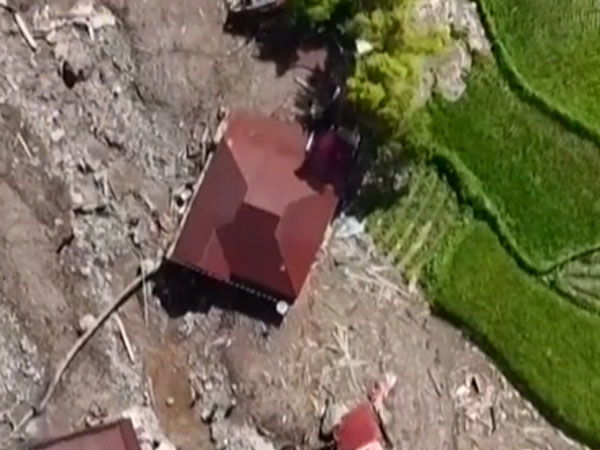
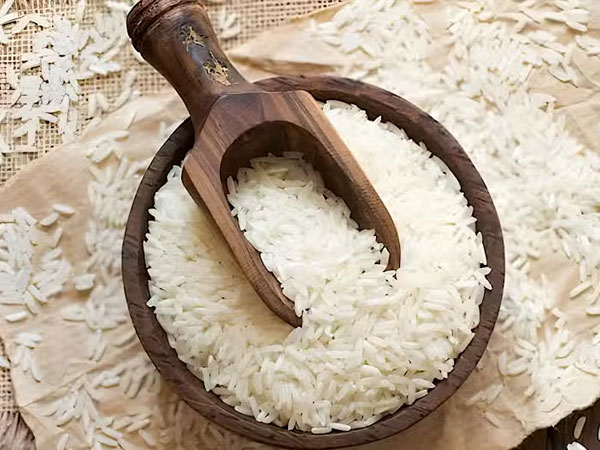
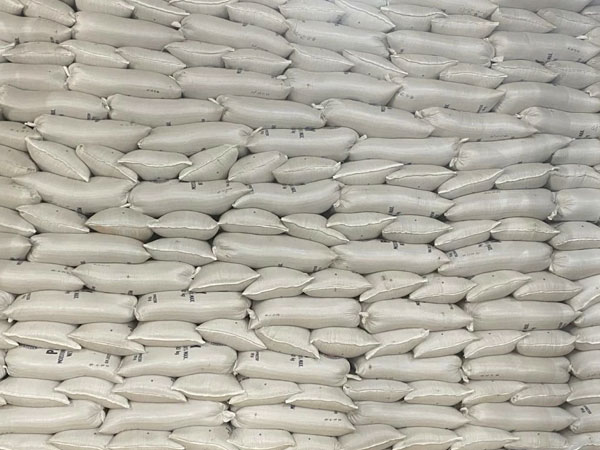


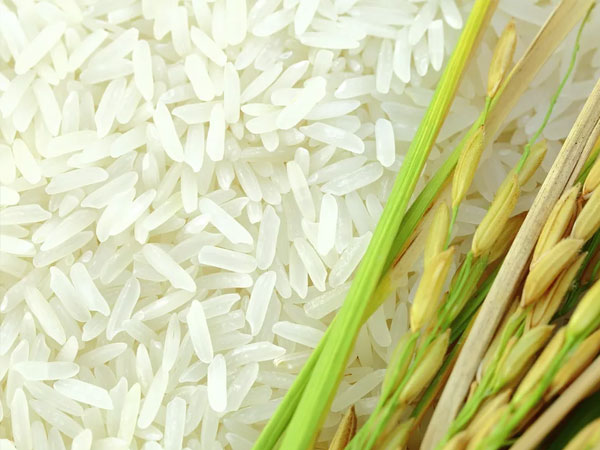
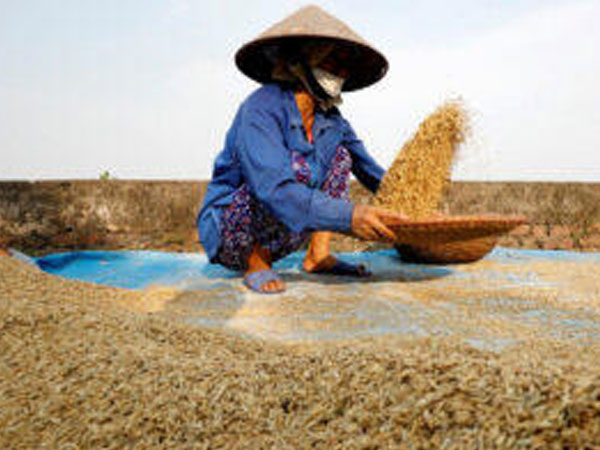
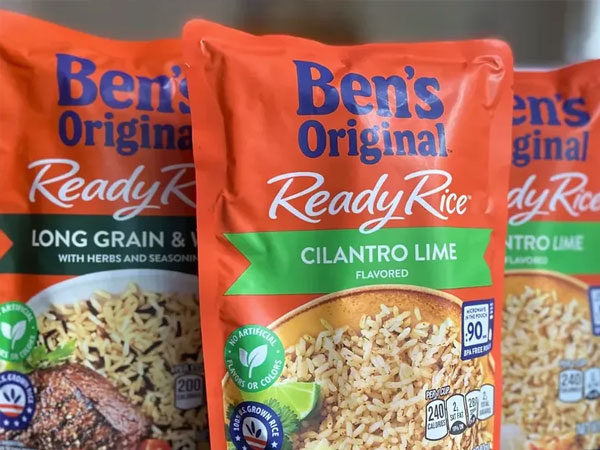



© Copyright 2025 The SSResource Media.
All rights reserved.